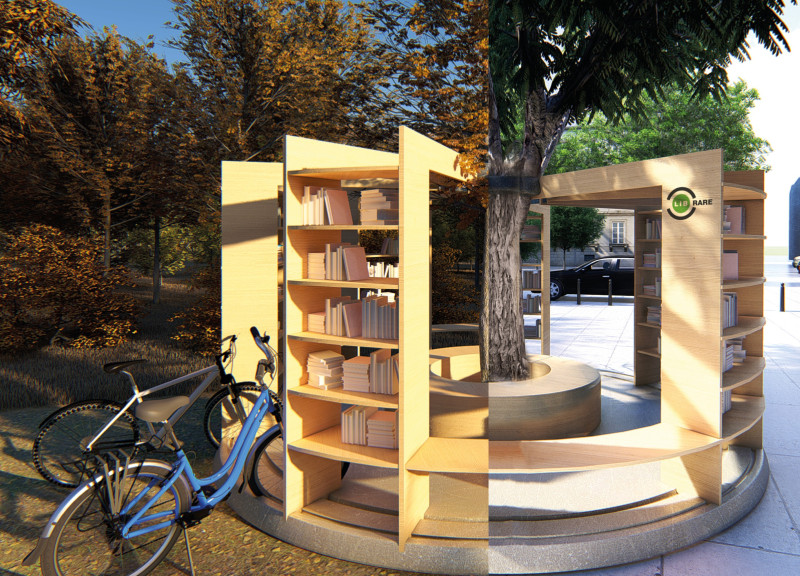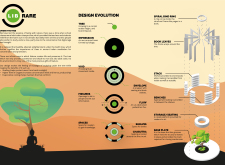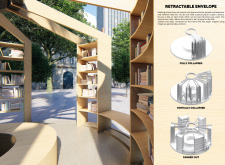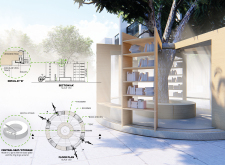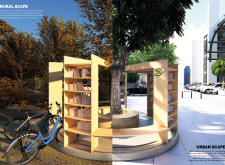5 key facts about this project
Lib Rare is designed to redefine the experience of visiting a library by blending its function with elements of nature. Situated in a context that nods to historical educational practices, it creates an inviting space for community interaction and personal contemplation. The overall design promotes organic forms that mimic trees while providing a modern framework suited for educational purposes.
Spiral Bind Ring
The Spiral Bind Ring is a fundamental structural element that connects the various sections of the library. This framework brings unity among the components, fostering a connection between users and the surrounding environment. The design encourages exploration and invites engagement, making the library a space for learning and conversation rather than merely a place to store books.
Open Spaces and Fissures
Open spaces throughout Lib Rare facilitate easy movement within the structure. Numerous fissures create pathways that enhance accessibility and promote interaction among users. These openings not only allow entry but also encourage lively exchanges of ideas, helping to build a sense of community. The layout accommodates both individual study and group activities, making the library versatile.
Retractable Envelope
A notable feature is the retractable envelope that adds flexibility to the library’s use. This mechanism allows the volume of the structure to be reduced by 84%, providing adaptability for varying needs and conditions. Seating and shelving can fold together like origami, allowing for different setups that can respond to the library's use effectively.
Environmental Integration
Lib Rare emphasizes its natural surroundings, drawing on benefits such as shade and improved air quality. The architectural form works harmoniously with the environment to create a space conducive to focus and relaxation. The thoughtful arrangement of seating and shelving within the tree-like structure reinforces the idea of a learning space that is both functional and in tune with nature.
The foundation includes grooves that stabilize the structural elements, ensuring the library remains firm while engaging dynamically with its surroundings. This design illustrates a commitment to incorporating ecological principles within educational spaces, marking a shift towards more thoughtful architecture.


